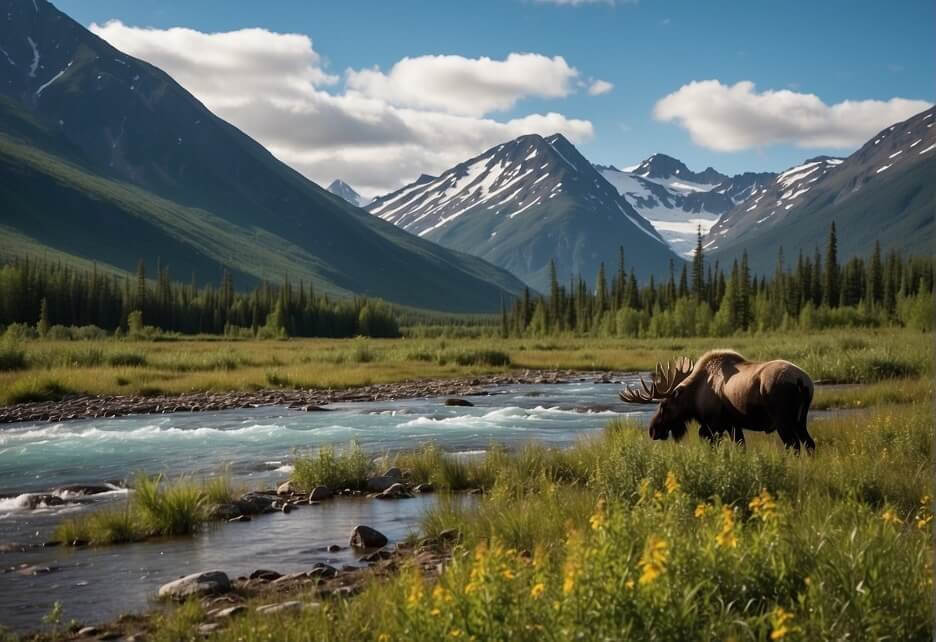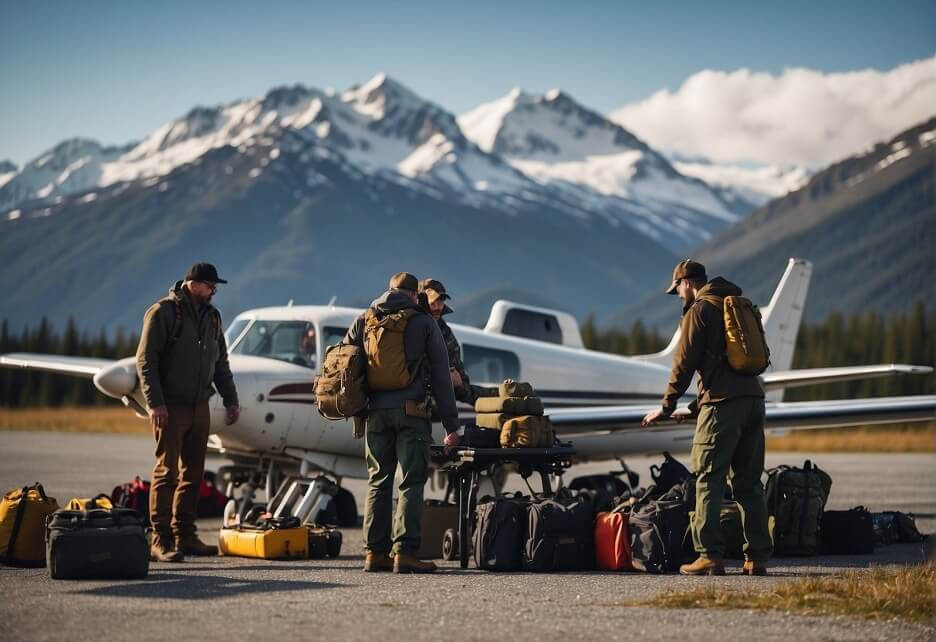Alaska, often referred to as “The Last Frontier,” offers a hunting experience like no other. Its vast wilderness and diverse wildlife draw adventure seekers from around the globe. Hunting in Alaska embodies the essence of outdoor adventure, presenting a unique challenge even for the most experienced hunters. The state’s untamed nature, with its sprawling tundra, dense forests, and formidable mountains, sets the stage for an unforgettable chase after some of the most sought-after game in the world.
Select Your Alaska Hunting Trip
Wilderness Enterprises: Master Guide & Outfitters
Wilderness Emergency Medical Technician (EMT) Trained
For complete details and pricing, click on your preferred hunt:
-
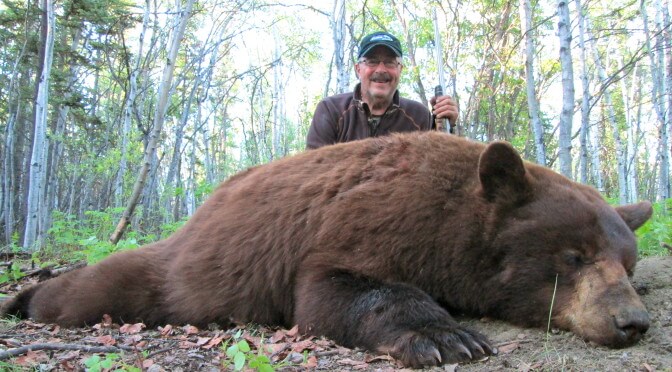
Black Bear Hunts
Our Black Bear hunts take place north of Fairbanks in one of the most pristine wilderness areas left in North…
-
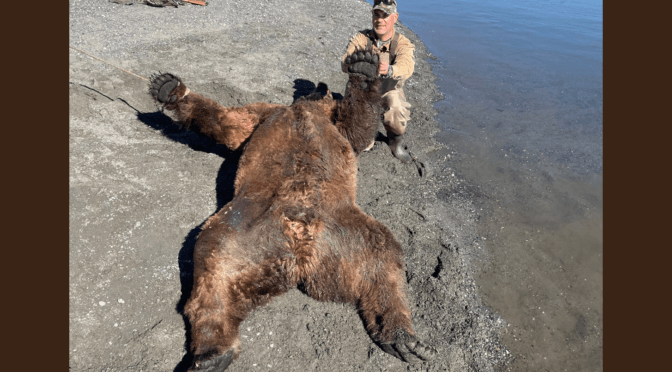
Brown Bear Hunts
Spring hunts are conducted by glassing the mountains and beaches for bears as they emerge from hibernation, this takes place…
-
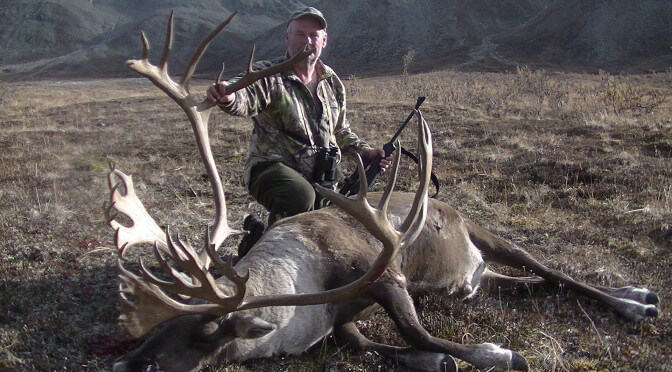
Caribou Hunts
Hunt for trophy caribou in Central Alaska in one of Alaska’s premier trophy bull areas.
-
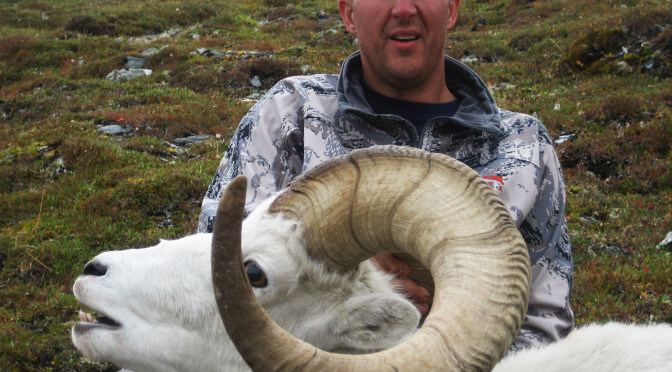
Dall Sheep Hunts
Our Sheep hunts take place in the Alaska Range just south of Fairbanks. The Alaska Range boasts some of the…
-
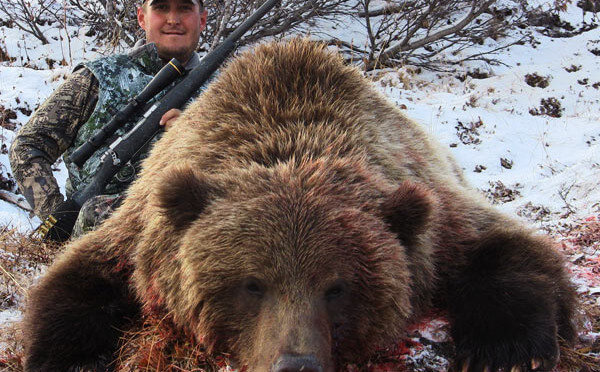
Grizzly Bear Hunting
Grizzly bear hunting in Alaska offers a captivating and rewarding experience for hunters at any level of experience. This challenging…
-
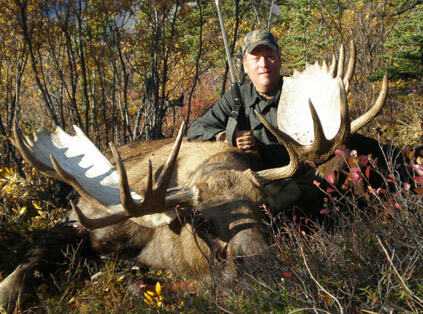
Moose Hunting Alaska: Your Friendly Guide to Success
Our Moose hunts take place in the Alaska Range south of Fairbanks. This area of the Alaska Range, with its…
-
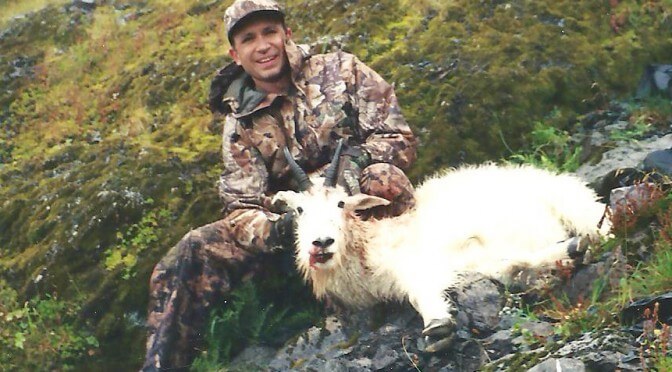
Mountain Goat Hunting
This area is home to a large population of Mountain Goat, with light hunting pressure and excellent trophy potential. Hunts…
Alaskan hunting trips are not just about the pursuit of wildlife; they are a way to connect with the land and partake in a storied tradition that has shaped the heritage of the region. From pursuing the elusive Dall sheep and navigating the terrain for moose, to tracking bear or settling in for a patient wait for caribou, the opportunities are as vast as the landscape itself. Each expedition promises not just a test of skill but an immersion into the natural splendor that defines Alaska.
Those who embark on these excursions find themselves in the heart of the wilderness, often with seasoned guides who have a profound knowledge of the land and its inhabitants. Whether choosing the comfort of a lodge or the ruggedness of a backcountry camp, hunters are afforded a range of options to best suit their vision of the Alaskan hunt. With an ethos of respect for the environment and sustainability, these trips contribute to the conservation efforts that ensure future generations can continue to revel in the majesty of Alaska’s wildlife.
Planning Your Alaska Hunting Trip
When planning your Alaska hunting trip, one should focus on selecting a reputable guide, understanding local regulations, and choosing the best season. Adequate preparation increases the chances of a memorable and successful hunt.
Selecting the Right Hunting Guide
Finding a guide is critical for many hunting expeditions, especially if targeting big game like brown bears, moose, or Dall sheep. Alaska law requires nonresidents to have a guide for certain species. Guides ensure not only success but also safety. When choosing a guide, consider their expertise and familiarity with your desired location. For instance, Alaska hunting trips offered by BookYourHunt.com detail the legal requirements for various game and the level of guidance provided.
Understanding Alaska’s Hunting Regulations
Every hunter in Alaska must adhere to regulations; they are complex and change frequently. These may include specific tags or permits for different game animals, restrictions on hunting methods, and guidelines on transporting trophies. For example, nonresident aliens require a guide for all big-game hunting as per the information on BookYourHunt.com. Understanding these laws helps ensure a legal and ethical hunting experience.
Timing Your Visit for Optimal Hunting Seasons
Alaska’s hunting seasons vary by species and location. Big game hunting, for example, typically takes place in the fall, offering the chance for a successful harvest during this peak time. Meanwhile, certain spring hunts are available for specific game. Knowledge of these seasons is crucial for planning your trip. Resources like Western Hunter can help one determine the appropriate timing for the intended hunt.
Hunting Opportunities and Game Species
Alaska offers a wealth of hunting opportunities, from the dense forests frequented by moose and bears to the rugged mountain terrains where Dall sheep and mountain goats roam. Hunters can embark on a quest for various big-game animals, each presenting a unique challenge and potential for a treasured trophy.
Big Game Adventures: Moose, Bears, and More
In the Alaskan wilderness, hunters can pursue some of North America’s largest big-game species. Moose, known for their imposing stature and formidable antlers, are a prized target for many. Bear hunting also attracts adventurers seeking a formidable challenge, with opportunities to encounter black bears, grizzly bears, and the larger brown bears. Each bear species requires different hunting strategies and offers a distinctive experience. For those interested in Alaska’s big-game species, Alaska hunting trips provide detailed guides and outfitted excursions.
Dall Sheep and Mountain Goats: High Altitude Hunting
Hunters looking for a high-altitude adventure may set their sights on Dall sheep and mountain goats. These agile creatures inhabit steep, rocky environments, turning every hunt into a demanding physical endeavor. The pursuit of these animals often involves long treks and climbing, rewarding hunters with not only a potential trophy but also panoramic views of Alaska’s breathtaking landscapes. For more information on these hunting opportunities, one might visit the Alaska Department of Fish and Game website.
Unique Alaskan Wildlife: Sitka Deer and Waterfowl
For a hunting experience distinct to Alaska, the Sitka black-tailed deer provides an attractive option. This smaller, elusive deer species is native to the rainforests of Southeast Alaska, offering a different kind of hunting trip that’s as much about stealth and patience as it is about skill. In addition, Alaska’s numerous lakes and wetlands are a haven for waterfowl hunting, with an abundance of species seasonally available. Hunters can experience the excitement of waterfowl hunting, which requires precision and timing against the backdrop of Alaska’s vast and varied terrain. Further information about the range of species can be found by exploring Alaska’s Game Species.
Logistics and Considerations for Hunters
Organizing a hunting trip in Alaska requires careful planning around lodging, transportation, and safety. Hunters need to be well-prepared for the challenging yet rewarding conditions that The Great Land presents.
Lodging and Accommodations in the Wild
When staying in Alaska’s wilderness, hunters typically use tents or cabins. The choice of lodging depends on the location and type of hunt. Cabins offer a secure and relatively comfortable shelter but are not always available. On the other hand, tents are more versatile and can be set up in various remote locations, allowing hunters to stay close to their hunting grounds.
Transportation to Remote Hunting Areas
Reaching hunting areas often entails a combination of road travel and chartering a raft or small aircraft. Many regions are only accessible by flying, adding a layer of complexity to travel arrangements. Charter flights play a crucial role, with companies specializing in transporting hunters, their gear, and sometimes even food supplies to drop-off points.
Safety and Survival in the Alaskan Wilderness
Survival in Alaska’s wilderness hinges on preparedness and respect for nature’s might. Hunters should equip themselves with safety gear, including satellite phones and navigation tools for emergencies. Proper survival kits should include items like fire starters, first-aid essentials, and bear deterrents. Given the unpredictability of North America’s northernmost state’s weather, proper clothing and provisions are also vital for maintaining a hunter’s well-being.
After the Hunt: Processing and Transporting Trophies
After a successful big game hunt in Alaska, hunters face the unique challenge of processing and transporting their trophies back home. The remote wilderness presents logistical hurdles, but with the right preparation, they can ensure their prized catch arrives in peak condition.
Processing Trophies:
- Skinning and Field Dressing: Immediately after the hunt, the animal must be skinned and dressed. Master guides, often present on guided bear hunts and other big game adventures, can assist in this task to maintain the trophy’s quality.
- Taxidermy Preparation: Hunters should talk to their outfitters about local taxidermy services. Some Alaskan hunting services recommend specific taxidermists who specialize in Alaska big game hunting trophies.
- Packing for Preservation: Meat and hides need to be carefully packed to prevent spoilage during transport. Hunters are advised to freeze trophies quickly, especially when dealing with family-sized portions.
Transporting Trophies:
- Compliance with Regulations: It’s essential to comply with both Alaskan and home state regulations for the transport of animal parts to maintain fair chase standards.
- Choosing the Right Service: Securing reliable transportation is crucial. Whether it’s floatplanes or off-road vehicles, one must ensure that the selected service can navigate the rugged environment and has a high success rate of delivering trophies undamaged.
- Coordinating with Carriers: For those who hunt without the guidance of a family hunting service, coordinating with carriers experienced in handling hunting trophies is a must. They can provide crucial information on packaging requirements and customs for international hunters.
By systematically addressing these steps and getting assistance from a master guide or experienced service, hunters can cherish their Alaskan trophies for a lifetime.
Frequently Asked Questions
Exploring the Alaskan wilderness on a hunting trip often raises many questions. Hunters commonly inquire about costs, game availability, and guide services to ensure a successful adventure.
How much does a hunting trip to Alaska cost?
Hunting trips in Alaska may range significantly in cost depending on length, location, and species targeted. Factors like travel, gear rentals, and licenses also affect the total expense.
What can non-residents hunt in Alaska?
Non-residents can hunt caribou, moose, and various species of bear, among other game, although specific licenses and permits are typically required.
What is the best hunting in Alaska?
Alaska is renowned for its big game hunting, particularly for moose, caribou, and bears. Remote areas often provide the most rewarding experiences due to their abundant wildlife.
How much does it cost to hire a hunting guide in Alaska?
Hiring a hunting guide can be a significant part of the budget, with costs varying based on the trip’s duration and the guide’s level of experience.
Are there all-inclusive hunting packages available in Alaska?
Many outfitters offer all-inclusive packages that cover equipment, accommodations, and guiding services, simplifying the planning process for hunters.
What are the options for moose hunting trips in Alaska?
Options for moose hunting trips vary from fly-in excursions to river-based adventures, with opportunities for both guided and solo experiences.

